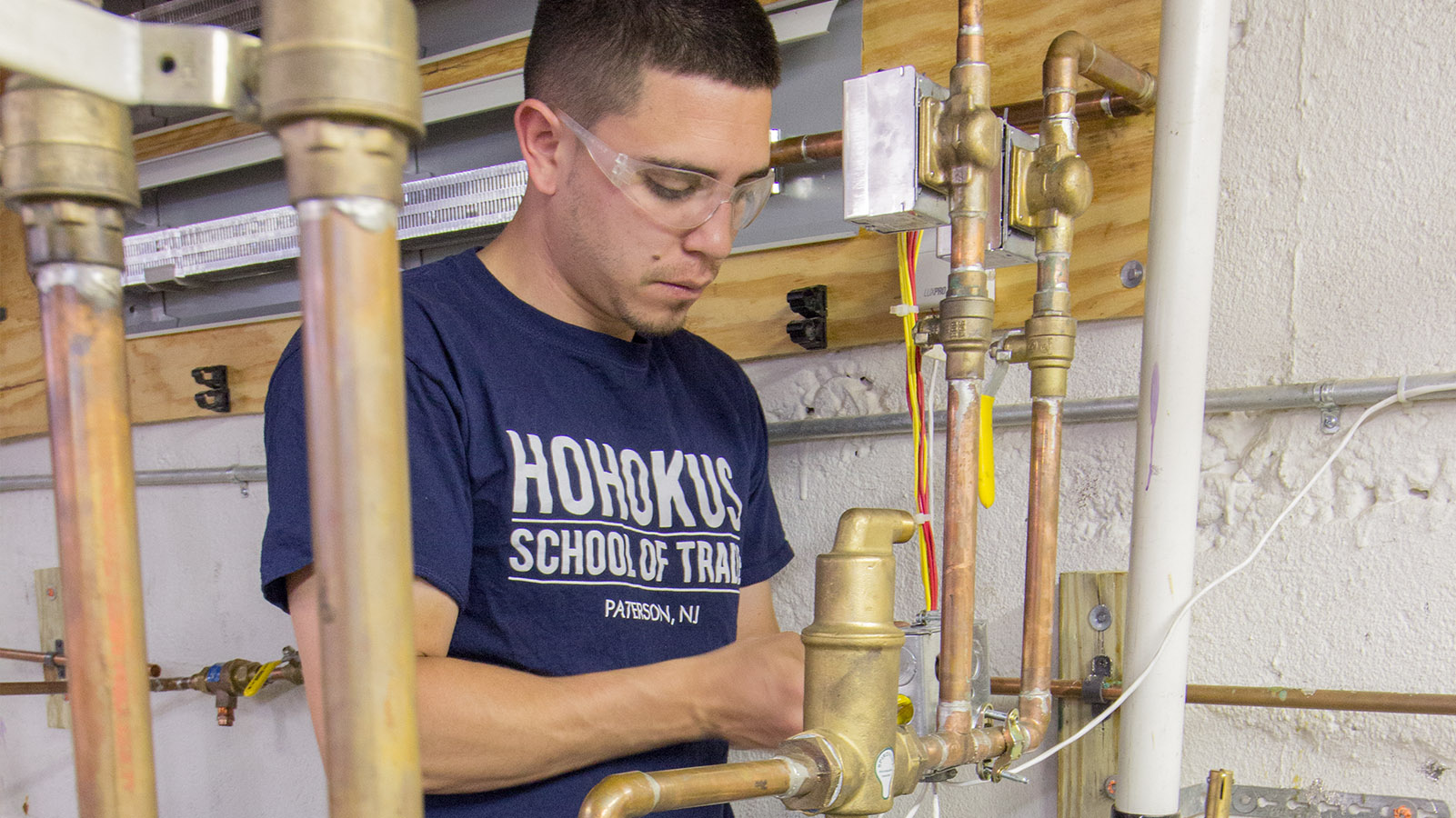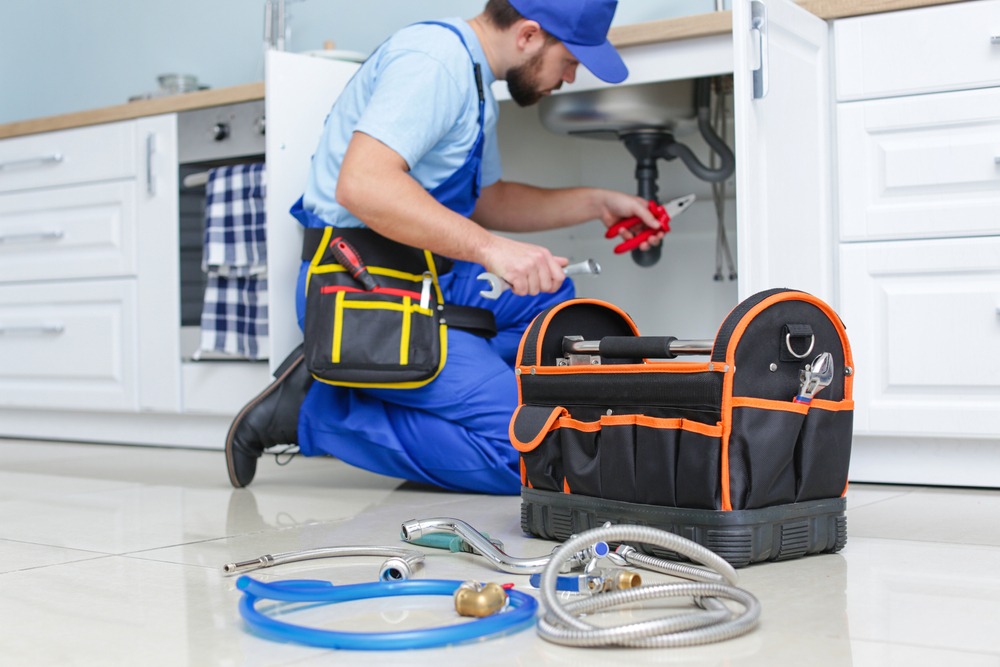Dependable Plumber Alabaster AL for All Your Emergency situation Requirements
Dependable Plumber Alabaster AL for All Your Emergency situation Requirements
Blog Article
A Detailed Overview to Efficient Hot Water Heater Installation for Ideal Efficiency
Embarking on the task of setting up a water heater is a venture that requires accuracy and an organized approach for attaining ideal efficiency. As you continue, the details of connecting water supply lines and setting up reputable electrical or gas links wait for, promising understandings right into making sure efficiency and dependability.
Selecting the Right Hot Water Heater

Following, take into consideration the size and capacity of the hot water heater. It's crucial to examine your household's warm water needs, which can differ based on the variety of owners and their use patterns. An unit that's as well tiny may cause insufficient hot water, while an extra-large model may lead to unnecessary energy usage.
Performance ratings also play an essential duty in choice. Look for hot water heater with high Power Variable (EF) ratings, showing premium performance and minimized energy usage. Tankless versions, though commonly much more pricey upfront, deal substantial power cost savings with time due to their on-demand heating capabilities.
Preparing the Setup Location
Prior to setting up a new hot water heater, meticulous prep work of the setup area is necessary. This makes certain a smooth installment process and helps stop future issues (Plumber Alabaster AL). Begin by selecting an appropriate area that abides by neighborhood structure codes and security criteria. The location needs to be dry, well-ventilated, and obtainable for maintenance. It's crucial to gauge the space thoroughly to fit the water heating unit's measurements, guaranteeing ample clearance around the unit for reliable procedure and servicing.
Check the flooring for security, as the water heater will require a solid, level surface area to operate effectively. If essential, set up a drip frying pan beneath the system to catch possible leakages or spills, avoiding water damages to the surrounding location.
Additionally, make certain that all required devices and products are on hand before beginning the installment. This consists of items such as wrenches, screwdrivers, a degree, and any type of added equipment needed for safeguarding the heater and mounting. A well-prepared setup area sets the foundation for a successful water heating system configuration, maximizing efficiency and security.
Connecting Water Supply Lines
When connecting water supply lines to your recently mounted water heating unit, it is crucial to make certain that all links are leak-free and secure to preserve efficient procedure and avoid water damage. Begin by recognizing the cool and warm supply of water lines. The cool water inlet is normally noted with a blue label or a "C", while the warm water electrical outlet is marked with a red label or an "H".
Use flexible hot water heater connectors to promote an easier installation blog procedure. These ports can take in resonance and permit minor movement, decreasing the threat of leaks. Before attaching the ports, place a plumber's tape around the threaded ends of the hot water heater's inlet and outlet find out here pipes - Plumbing Services Alabaster AL. This tape works as a sealer, preventing leaks. Carefully attach the adaptable hose pipes to the particular inlet and electrical outlet, guaranteeing that they are not over-tightened however limited, which can damage the strings.
Once links are in area, slowly switch on the major water shutoff. Inspect each link for leakages by visually examining and feeling for dampness. Tighten up connections as needed, and guarantee the stress safety valve is appropriately installed, guarding versus excessive stress build-up.
Establishing Electric or Gas Connections
Effectively establishing up the electrical or gas links for your water heating system is a crucial step to ensure reliable and safe procedure. For electrical water heating systems, begin by verifying that the electrical circuit is compatible with the heating unit's voltage and amperage demands.
For gas hot water heater, safety and security is vital. Confirm that the gas supply is off before continuing. Link the gas line to the hot water heater using a flexible gas port, ensuring it is correctly threaded and sealed with pipeline joint compound or Teflon tape suitable for gas connections. Tighten the connections with a wrench, making sure not to over-tighten (Plumbing Services Alabaster AL).
Once links are made, check for any possible leaks. For gas lines, apply a soapy water remedy to the joints; bubbles suggest a leakage. For electrical links, ascertain that all wiring is safe and secure and appropriately shielded, preserving compliance with regional electrical codes.
Readjusting and checking for Performance
With the electric and gas links safely in place, the following step is reviewing the functional performance of your water heating system. Begin by very carefully transforming on the water supply and ensuring there are no leakages at any of the joints or valves.
Next, carry out a complete assessment to ensure the burner or burner are functioning appropriately. For electric heating systems, utilize a multimeter to validate if the elements are drawing the proper current. In gas designs, observe the heater flame; it needs to be stable and blue, showing effective combustion.
Change the settings as required to get rid of inadequacies. you could check here Think about implementing insulation steps, such as adding a water heater covering, to even more improve efficiency by decreasing warm loss. In addition, check the anode rod's problem, as a shabby rod can minimize efficiency and bring about tank rust.
Verdict
Reliable water heating system installation is essential for making sure optimum efficiency and energy savings. By picking the proper kind and size, and meticulously preparing the setup location, a structure for success is developed. Safely attaching water system lines and thoroughly establishing electrical or gas links minimize possible issues. Extensive testing for leaks and exact thermostat changes to 120 ° F boost dependability and performance. Following these actions promotes long-lasting capability and energy preservation in residential water heating unit.

Appropriately establishing up the electrical or gas links for your water heater is an important action to guarantee secure and efficient procedure. For electrical water heaters, start by confirming that the electrical circuit is compatible with the heating unit's voltage and amperage needs. Attach the gas line to the water heater utilizing an adaptable gas port, ensuring it is appropriately threaded and secured with pipeline joint compound or Teflon tape appropriate for gas links.
Report this page